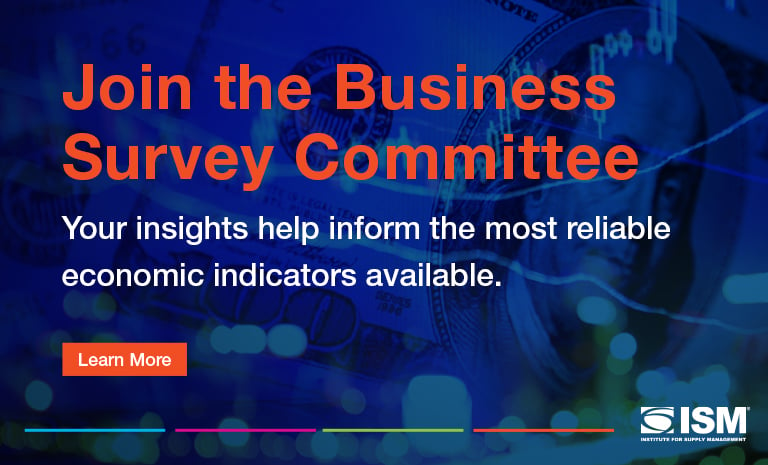How Procurement Is Being Redefined

When it comes to the procurement function, the coronavirus (COVID-19) pandemic has created a new normal. In the past, discussion about supply management disruption usually referred to technology and business models that effectively upset traditional industries. The new normal has impacted how disruption is viewed and has brought about changes that, while originally instituted as short-term measures, might become permanent.
The pandemic has had immediate impacts on the workplace and supply chains — fewer workers are commuting; the global economy has slowed and some suppliers may not weather the storm over the long-term. Nevertheless, companies must look at how these changes can lead to greater opportunities to optimize productivity, control costs and promote innovation.
Three major topics signify the “new normal.”
1) The remote procurement workforce. This impacts the vast majority of businesses that have remained in operation. Most essential workers did not have the ability to work from home; however, many knowledge workers — those whose jobs kept them in an office — are now working remotely. The pandemic has created a situation where working safely means working from home. But when the crisis abates, will those same employees, specifically those in the procurement function, return to the office?
In a recent survey, Miami-based business consultancy The Hackett Group found that 87 percent of organizations in the procurement area expect a permanent increase in remote work. Management’s major concern regarding a remote workforce was the negative potential effect on productivity. But the survey found that when it comes to productivity, safety and cost, a remote workforce makes a great deal of sense.
Today’s technology enables employees to work from home and meet the demands of the job — not just the ability to access data from wherever they are, but to collaborate and confer with colleagues and customers, face-to-face on a virtual basis. So, what will companies do with this realization? Will they shift to smaller offices, with more of the workforce working remotely? Or fewer office locations? Each of these translates to lower costs for organizations with no negative impact on productivity.
2) Greater need for digital transformation. If you have ever questioned the value of digital transformation for your organization, a massive remote workforce caused by the pandemic should put that question to rest. Working remotely would be impossible without digitization of processes. Consider the impact on business if you didn’t have broadband internet access and the mobility of computing. Companies that have taken the transformation of their operational business processes to the next level have been able to respond more quickly to the demands of internal stakeholders for managing buying demands, paying bills and supporting procurement functions as normal.
While many organizations have talked about how digital transformation — in the context of emerging technologies like artificial intelligence (AI), the Internet of Things (IoT) and blockchain — adds less-human elements to business, a new definition of digital transformation is emerging. The COVID-19 pandemic has exposed how digital transformation is necessary to ensure such core business needs as managing working capital, ensuring cost management and simply maintaining business continuity.
When my company’s customers were asked whether the current crisis would make them accelerate their digital transformation, nearly 90 percent said yes. Besides providing visibility and analytics, digitization simplifies complex processes. What is clear is that companies with complex organizational structures and processes would have a much slower reaction time without the support of a partner that can provide the cloud-based technology and support for managing them.
3) Reassessment of the supplier base. Weathering a storm is always a matter of preparedness. As one would expect, those companies that had strong risk programs in place prior to the pandemic handled the disruption much better than those that did not. And that risk assessment included taking a hard look at the risks within the supplier base; essentially remapping the supply chain for both direct spend and indirect spend.
Although the procurement function has always focused much attention and research on Tier-1 suppliers, many organizations are now looking for greater visibility into Tier-2 and Tier-3 suppliers as well. Many organizations were impeded when suppliers were unable to meet demand for products in areas once considered unlikely to see disruption, like personal protective equipment or cleaning supplies.
Where applicable, companies are also looking at (1) whether to expand their supplier base, (2) whether nearshoring or offshoring would better serve the organization and (3) how to create better relationship with suppliers in all tiers.
How companies adapt to this new normal will likely determine the progress, growth and success of their respective organizations. How a procurement team addresses this new definition will likely determine how that company survives and hopefully thrives as the crisis changes the business landscape. Some changes caused by the pandemic may indeed be temporary; however, for smart enterprises, the three topics above will likely attain some level of permanence. Companies that have proven to be agile — that can react quickly through technology and have a willingness to rethink how business is conducted — will be at the forefront.

